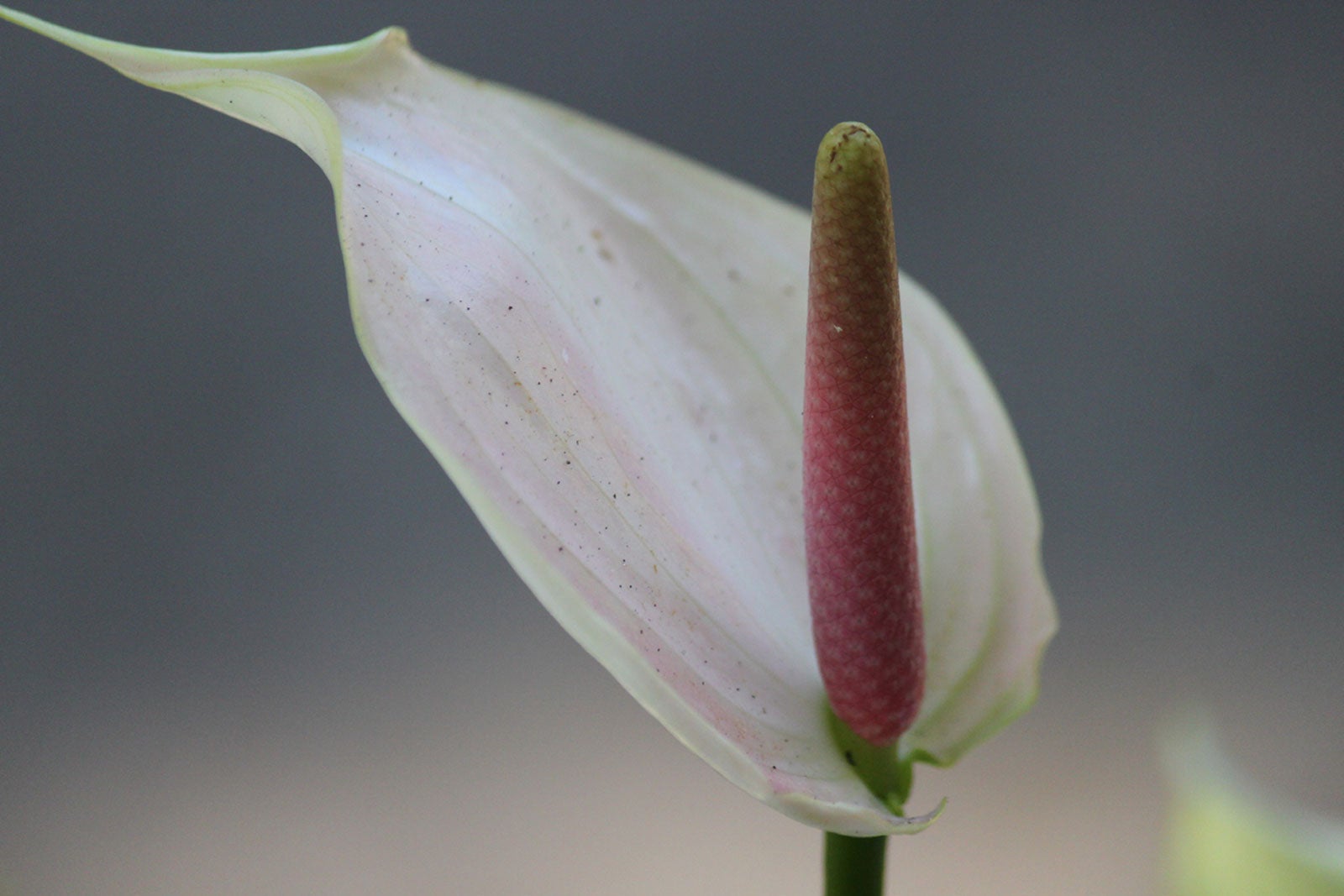What Is A Spathe: Learn About The Spathe And Spadix In Plants


A spathe and spadix in plants makes for a unique and lovely type of flowering structure. Some of the plants that have these structures are popular potted houseplants, so you may actually already have one. Learn more about the spathe and spadix structure, what it looks like, and which plants have it by reading the following information.
What is a Spathe and Spadix?
An inflorescence is the entire flowering structure of a plant and these can vary quite a lot from one type of plant to the next. In one type, there is a spathe and a spadix making up the inflorescence, sometimes referred to as a spathe flower.
The spathe looks like a large flower petal, but it is actually a bract. Confused yet? A bract is a modified leaf and is often brightly colored and stands out more than the actual flower does. Poinsettia is an example of a plant with showy bracts.
A spathe is a single bract that surrounds the spadix, which is a flowering spike. It is typically thick and fleshy, having very tiny flowers clustered on it. You may not be able to tell these are actually flowers. A fun fact about the spadix is that in some plants it actually produces heat, probably to attract pollinators.
Examples of Spathes and Spadices
Spadix and spathe identification can be pretty easy once you know what to look for. This unique type of flower arrangement is striking in its simplistic beauty. You’ll find it in the plants of the arum, or Araceae family.
Some examples of plants in this family with a spathe and spadix are:
One of the most unusual members of this family with a spathe and spadix is the titan arum, also known as the corpse flower. This unique plant has the largest inflorescence of any other and gets its common name from its stinking aroma that draws in flies for its sustenance.
Sign up for the Gardening Know How newsletter today and receive a free copy of our e-book "How to Grow Delicious Tomatoes".

Mary Ellen Ellis has been gardening for over 20 years. With degrees in Chemistry and Biology, Mary Ellen's specialties are flowers, native plants, and herbs.